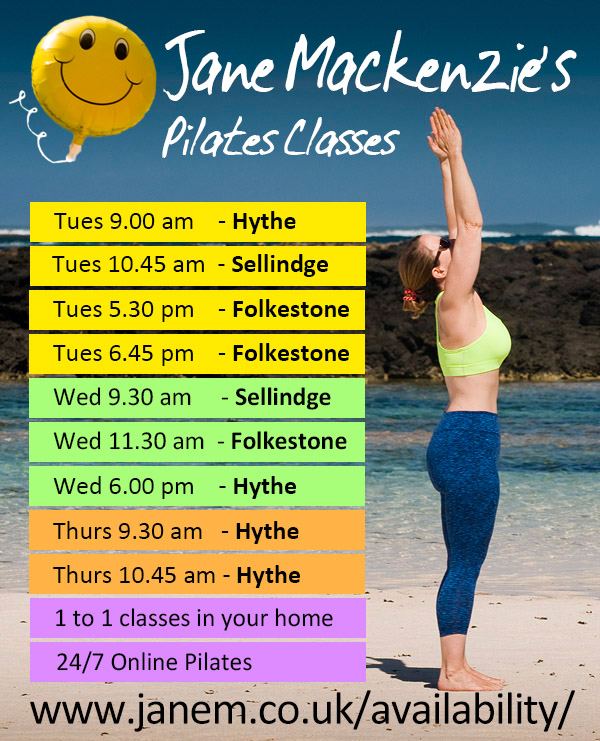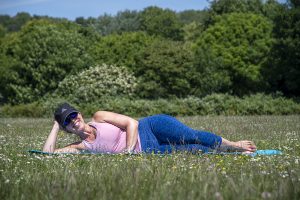It is becoming something of a habit now for us to do a pilates photoshoot somewhere scenic whilst on holiday. And the shores of beautiful Loch Doon in Galloway Forest Park right beside a waterfall certainly qualifies as scenic! This was the spot we camped for a few nights, blessed with the recent amazing Scottish heatwave. And this very waterfall was our washroom 🙂
But this is a working article, so on to some Pilates! Here we will cover the following exercises. (Below each photograph is a description of how to do the exercise correctly, the major muscles groups involved, and considerations when performing the exercise.)
- Side flexion of the hip
- Reverse plank
- Full plank (plus progression)
- Side plank (45 degree angle)
- Downward facing dog stretch (plus progression)
Side flexion of the hip
Muscles – Hip flexors at the top front of the thigh, abductors on the outside of the thigh and gluteals on the bottom.
Completing the move – Lay on your side with your arm under your head, or use a block and bring the arm in front. Have the hips directly on top of each other throughout. Contract the abdominals prior to lifting the leg. Place one hand in front on the floor to stabilise the movement if necessary. Start off with the legs extended and lift one leg off the floor. Initially bring the leg out to 45 degrees and complete 8-10 reps there. If this is challenging do not progress to a 90 degree angle. Over time increase the angle to take the leg straight out in front. Make sure the leg does not drop to the floor and twist the hips.
Considerations – If you have lower lumber back problems do not do this exercise. Complete a side leg lift.
Reverse plank
Muscles – Gluteals on the bottom, calf, arm, and stretching the anterior deltoid, the front of the shoulder. The transverse abdominis is holding you in positions to stabilise.
Completing the move – Sitting on your bottom with your hands slightly behind you and below the shoulders, fingers facing forward. Contract the abdominal muscle and gently lift the bottom off the floor until the hips are in a straight line to the body. You will feel this in the bottom (gluteals) and the stretch on the front of the shoulder (anterior deltoid), as well as the calf.
Considerations – This can be made easier by bending the knees and placing the feet flat on the floor. You need a reasonable degree of flexibility on the front of the shoulders to achieve this move. If you feel any pain in the lower back or have lower back problems this exercise is not advisable to complete. Place the hand on a support or foam to make it less pressure on the wrist. Do not do if you have wrist or shoulder injuries.
Full plank
Muscles – Transverse abdominis, shoulder.
Completing the Move – Lie face down with your elbows under your shoulders and your forearms straight out. Your knees are on the floor initially. Come up onto your toes. Contract the abdominals towards the spine and press the shoulders back to create a neutral spine. Lift the knees off the floor so there is a straight line running from your head to your heels and the hips and abdominals are off the floor. Take breaths in and out and count to 10 and then lower the knees and relax. Complete this several times.
Considerations – If you have never completed a plank keep the knees on the floor. You can also contract the abdominals in a box positions on all fours. This can be completed with a straight arm too if that feels easier.
Full plank progression
Muscles – Transverse abdominis, shoulder.
Completing the Move – This is a progression from the full plank to then work more through the gluteals (bottom) and challenge the balance and abdominals.
Considerations – As for full plank above.
Full length side plank at a 45 degree angle
Muscles – Obliques on the side and shoulders.
Completing the Move – This is an easier version of the full length side plank. Due to the body not being horizontal it is not putting so much pressure through the wrists and shoulders and it is easier on the obliques on the side. Start off in a plank position and then turn the shoulders, hips and ankles to face forward. The hips still remain in line and on top of each other.
Considerations – Make sure the object you use to lean against is solid and does not move when you put your weight against it. Also the floor is not slippery. This can be completed without lifting the top arm up and keep it on the thigh.
Downward facing dog stretch
Muscles stretched – Hamstring, calf, shoulders and the shoulders work to hold you in position.
Completing the move – Start on the hands and knees, with your wrists directly under your shoulders and your knees under your hips. Curl your toes under and exhale and lift your knees off the floor and lift your hips towards the ceiling. Gently straighten the legs and draw your sit bones towards the wall behind you. Bring the shoulders down so there is a straight line from the wrist to the hips. Press the heels down towards the floor. Your ears and in line with your upper arm.
Considerations – This is not advisable to do if you have wrist, or shoulder injuries as there is a lot of pressure put through these areas of the body. Only do this stretch at the end of a session when fully warm.
Downward facing dog stretch progression
Muscles stretched – Hamstring, calf, shoulders and the shoulders work to hold you in position.
Completing the move – This is a progression of the downward facing dog stretch to then work the gluteals (bottom) and increase the flexibility through the hip.
Considerations – Make sure the hips face the floor as you lift the leg. Other considerations as above.
This is the first part of a two-part article. More to come soon!…

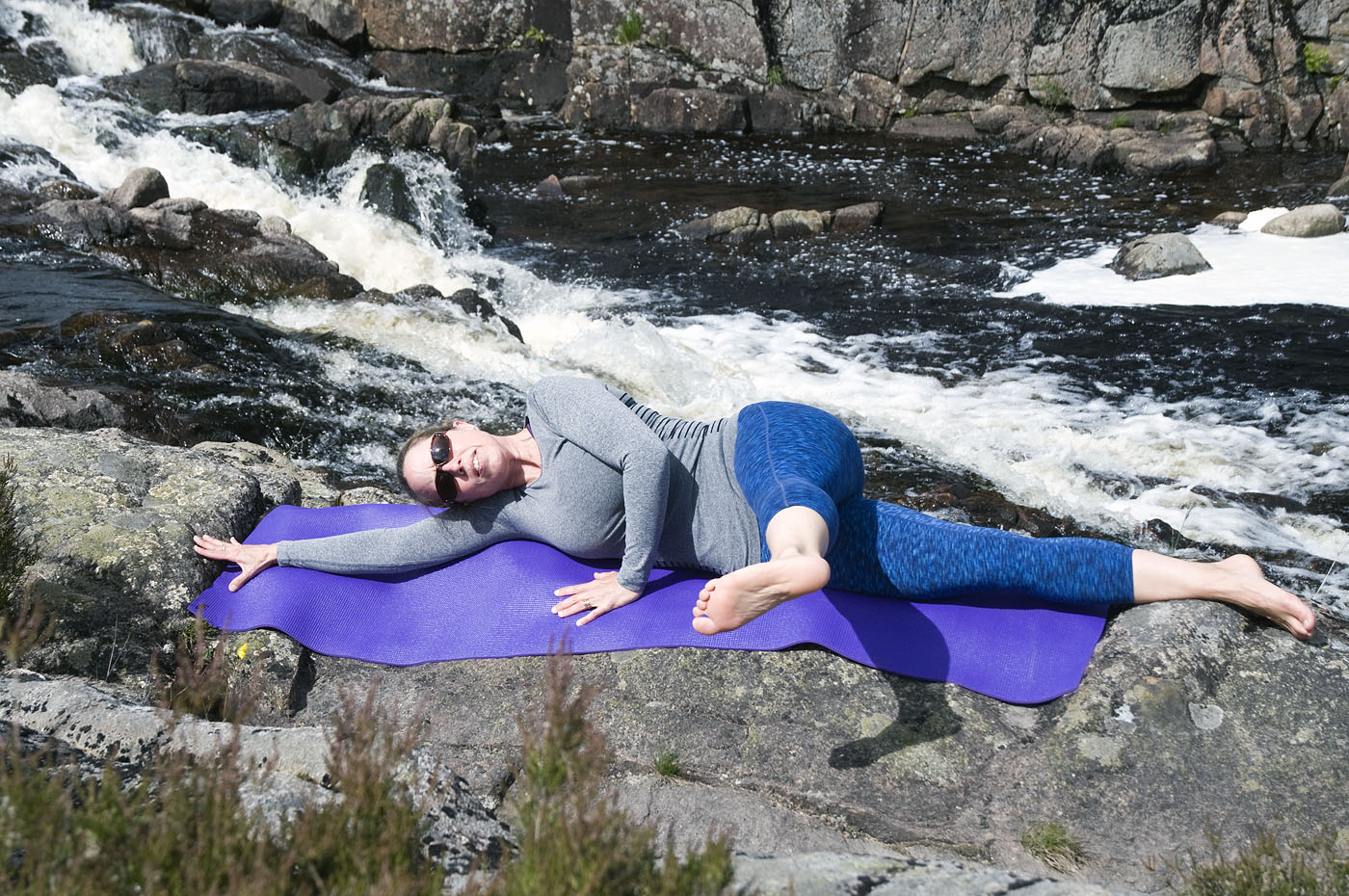
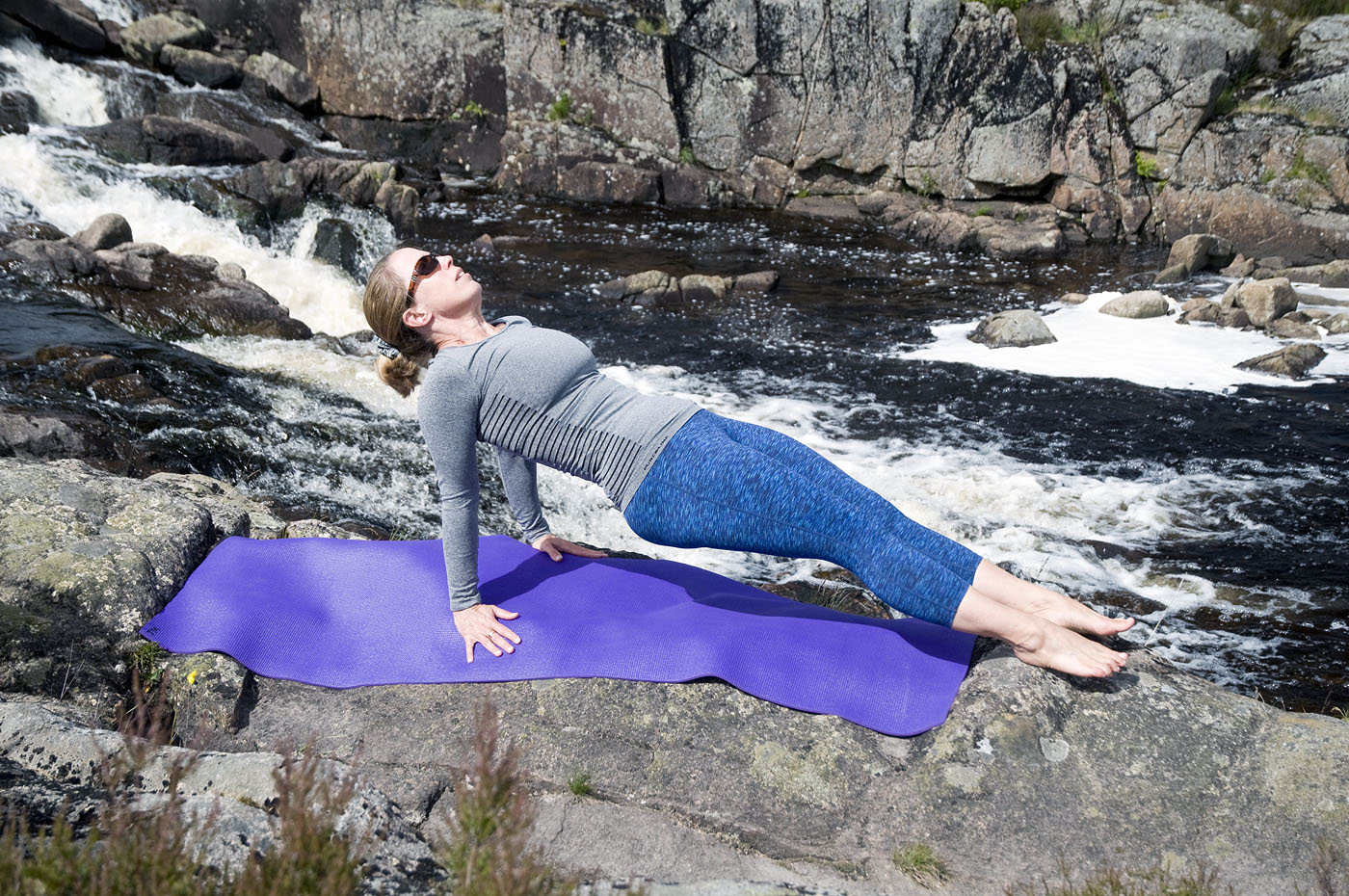
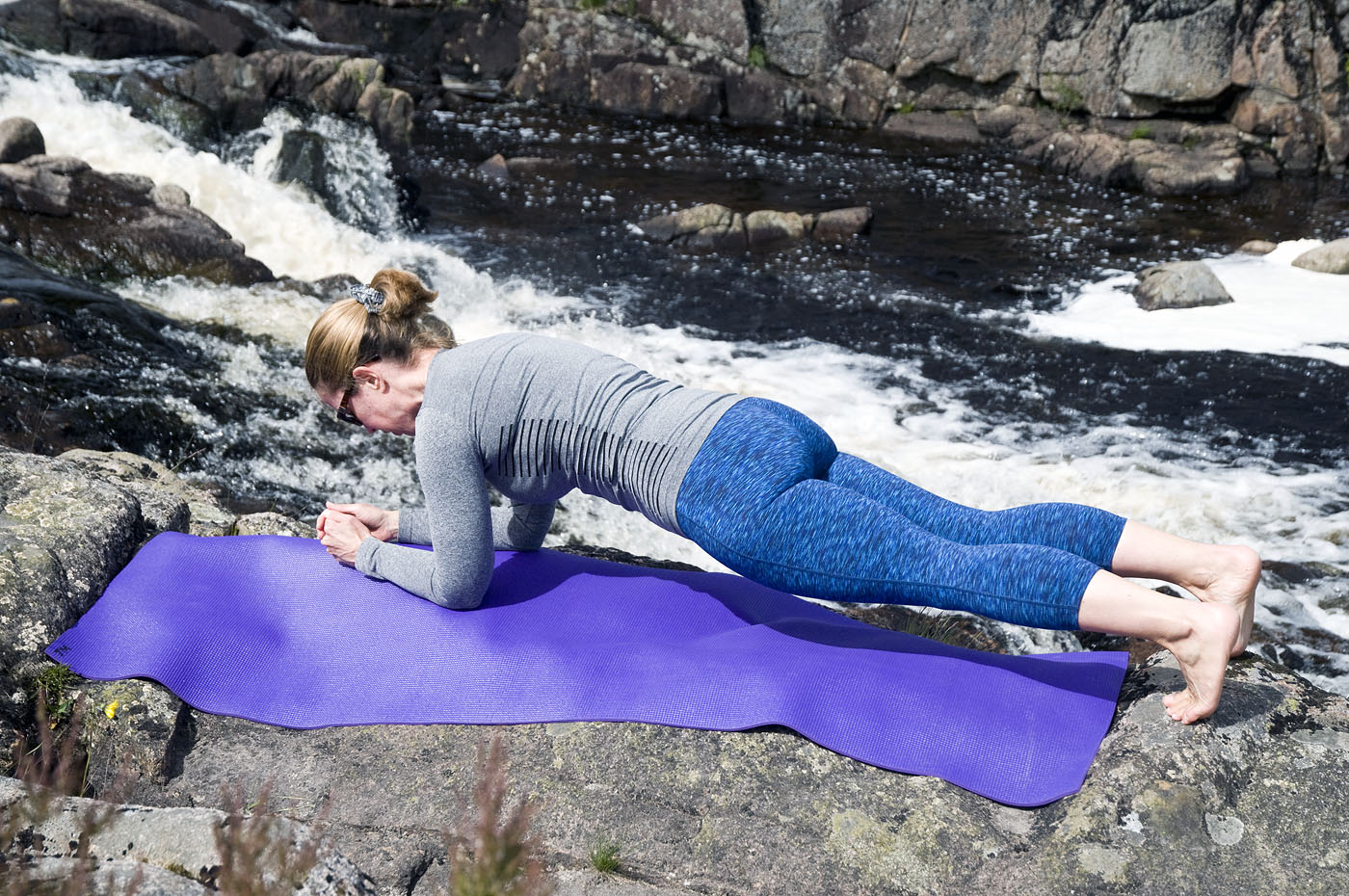
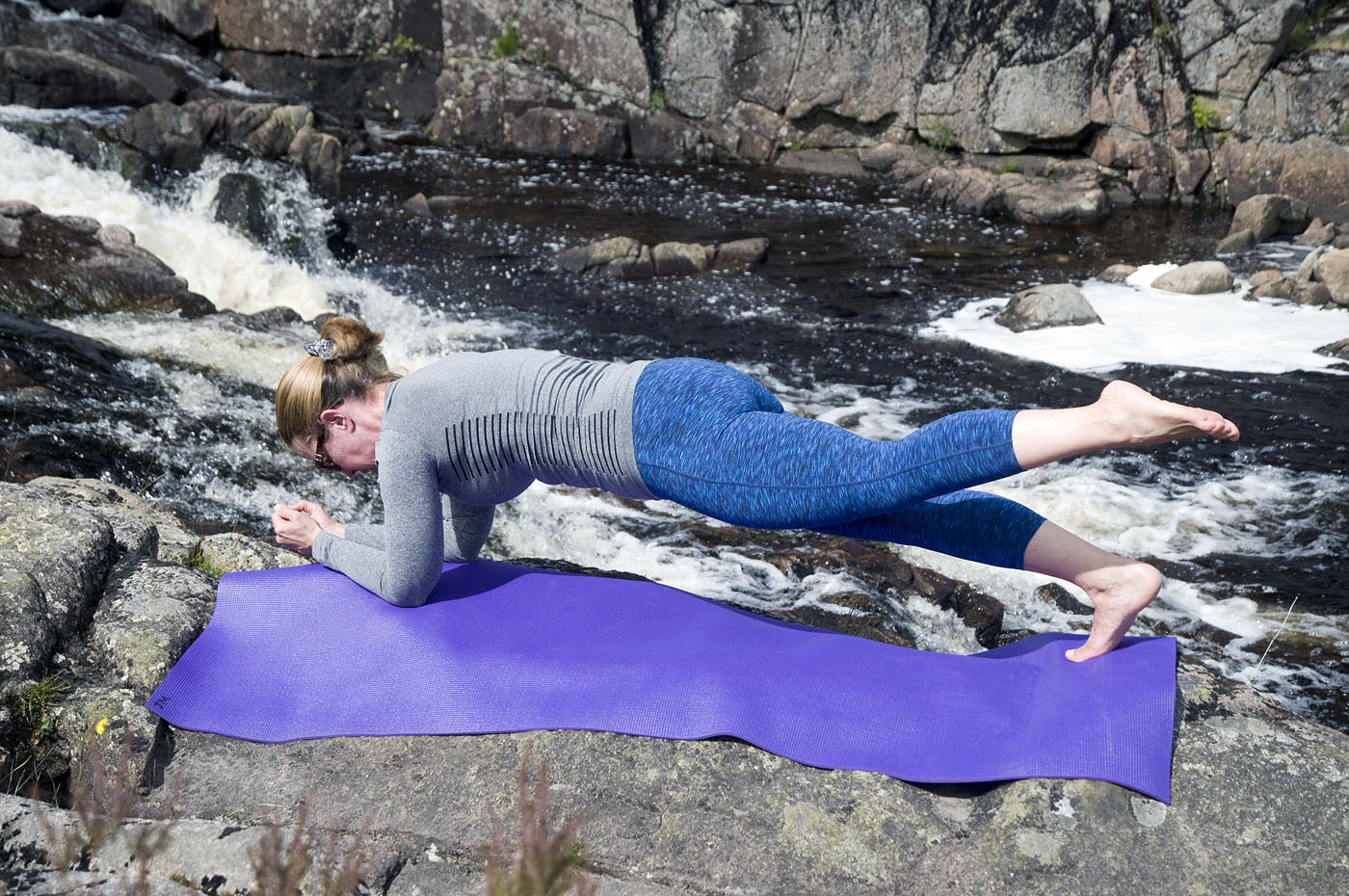

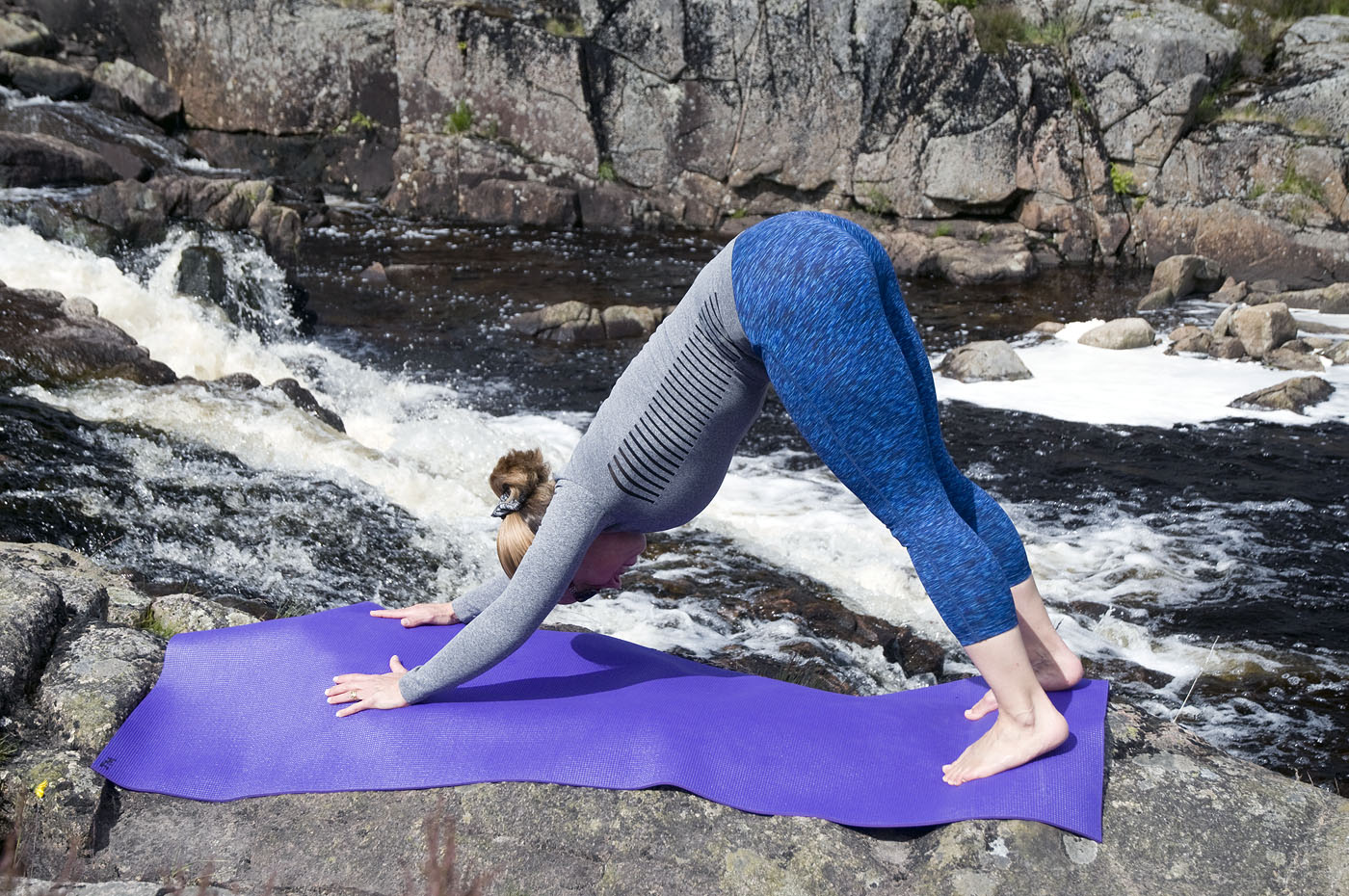
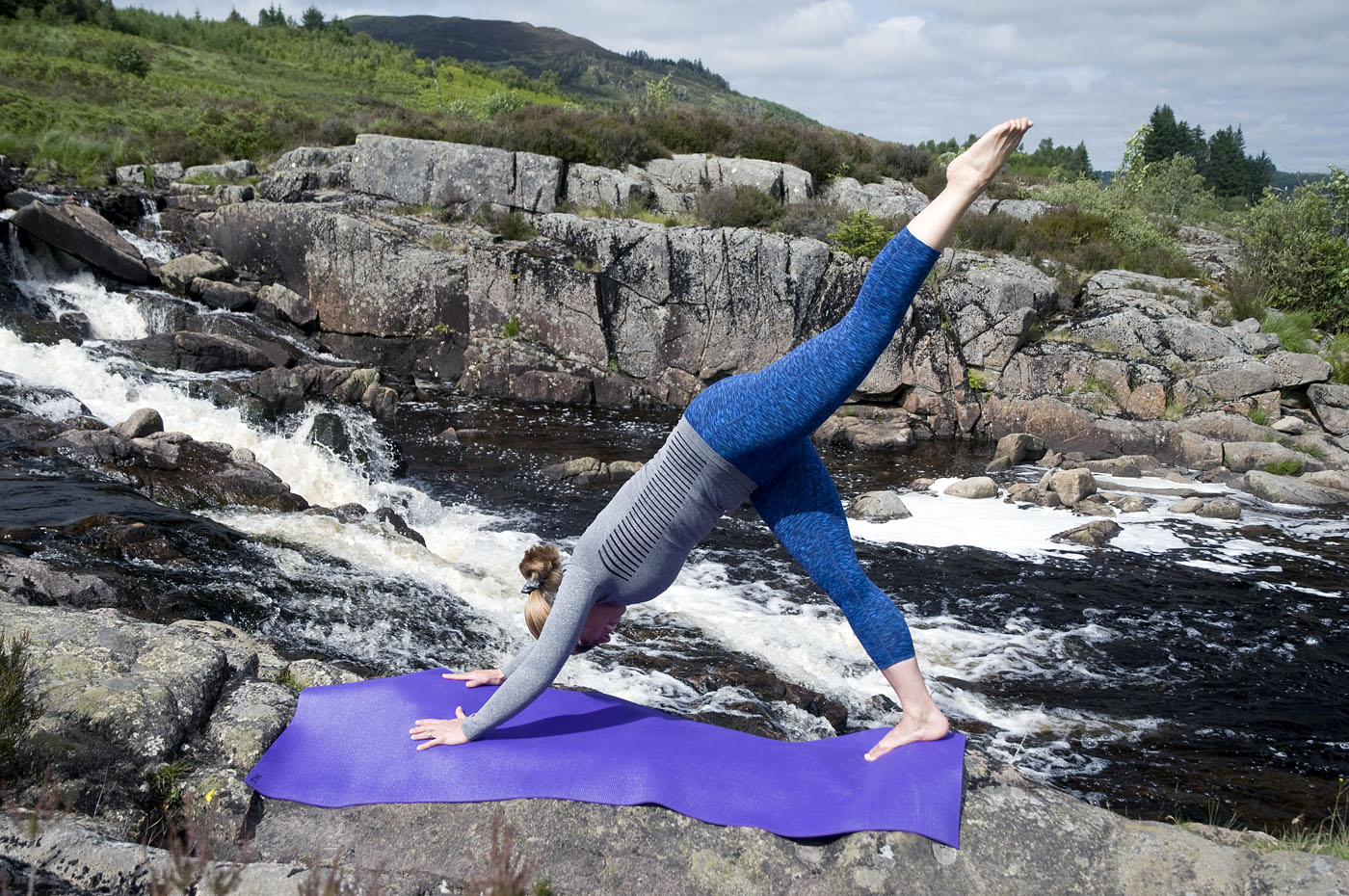
 Jane on WhatsApp
Jane on WhatsApp
